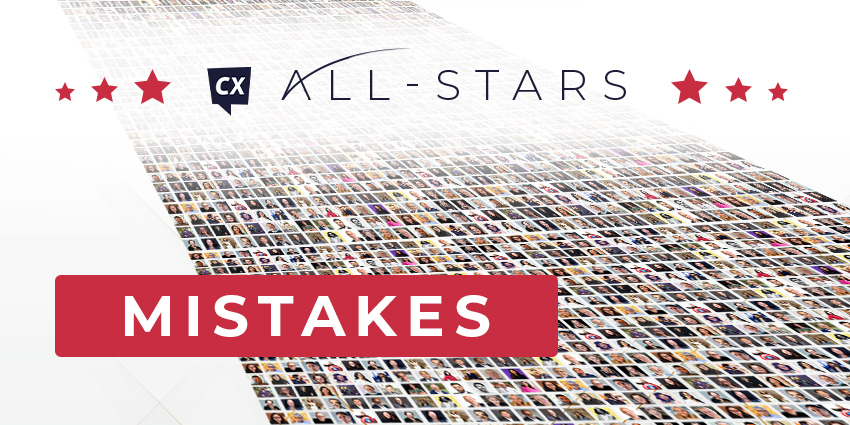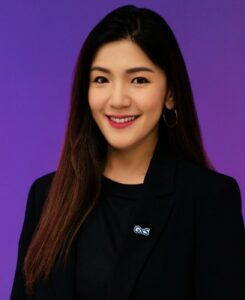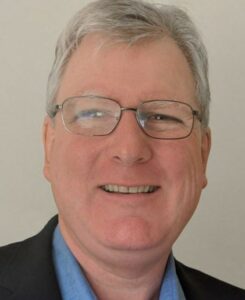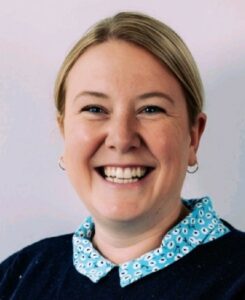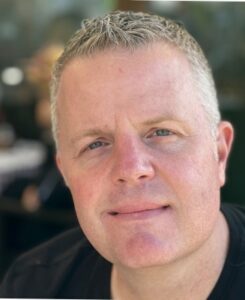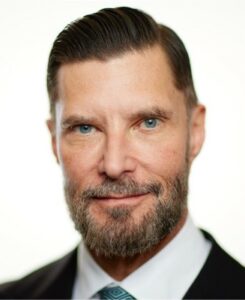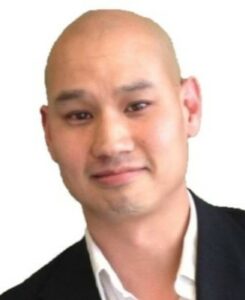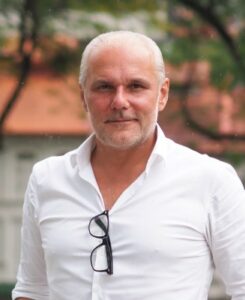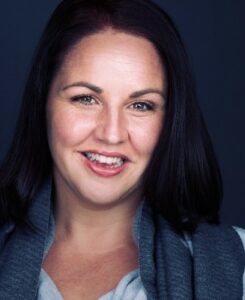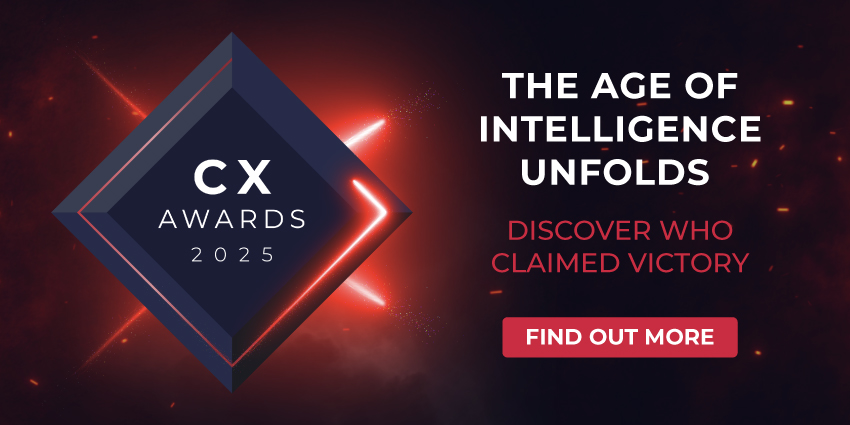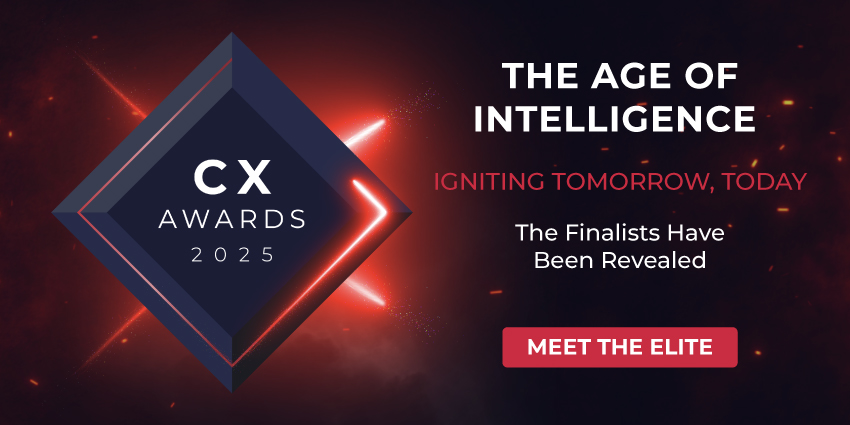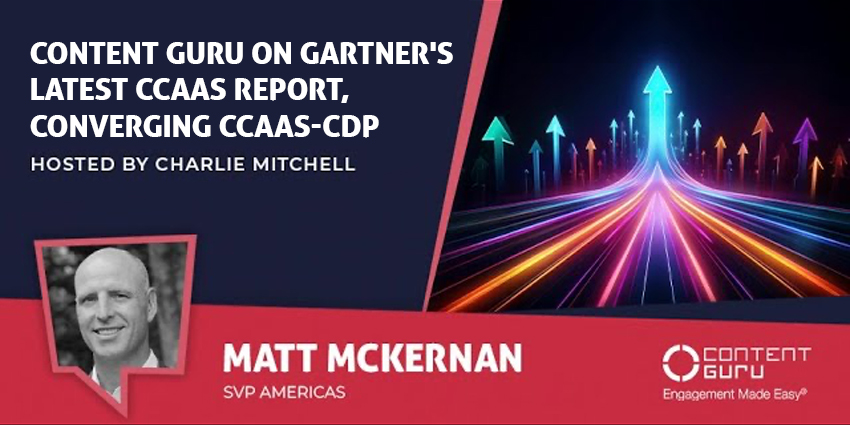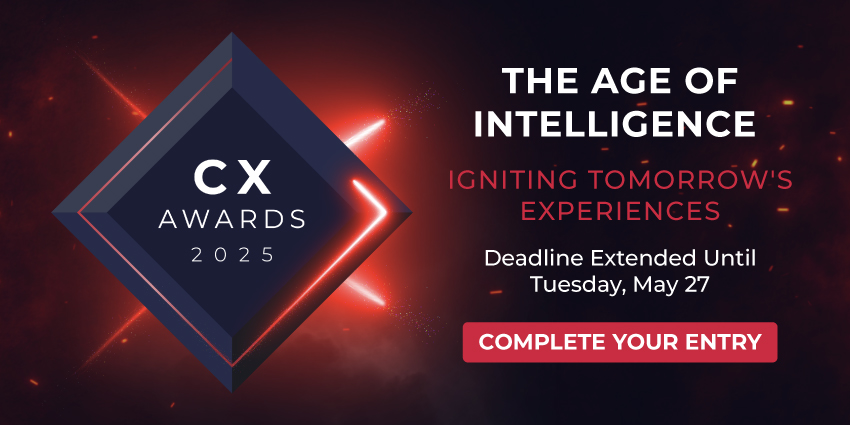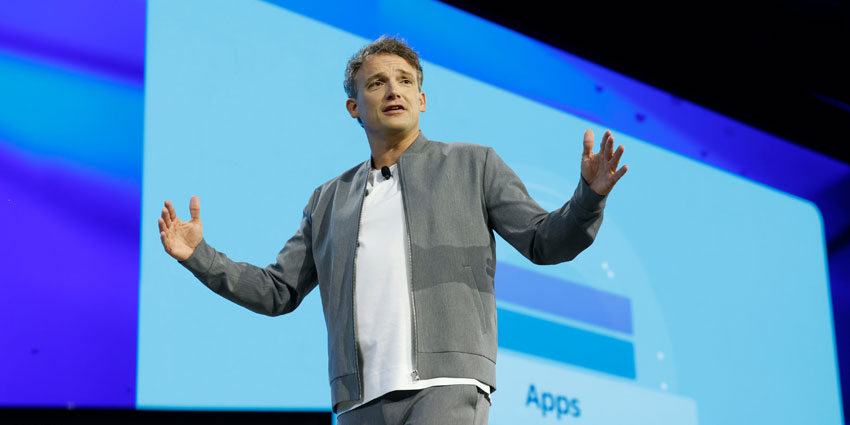Despite boasting impressive portfolios overflowing with award-winning, business-boosting customer experience accolades, our All-Stars are still human. And like any other humans, they have been known to make a mistake or two over the years.
As James Joyce put it, “mistakes are the portals of discovery,” and as part of our voyage of CX discovery we asked our 50 Leaders to name the biggest business mistake they’ve made and what these errors have taught them.
Below is a snapshot of some of their responses. You can view their complete answers to these questions and more in CX All-Stars or by clicking a leader’s name to view their full profile.
The diverse mix of backgrounds and fields that our Leaders come from was reflected in the array of responses to this question. However, we were still able to discern a few common themes. Communication is Key
Whether it be with customers, colleagues, or stakeholders, several of our All-Stars discussed examples of where being unable to convey a message or idea effectively hampered their business operations.
Joey Tan, Head of CX at GXS Bank, outlines how she empowers her workforce through positive communicating:
“Merely doing good work isn’t enough; it shouldn’t stay hidden like a well-kept secret.
“As a leader, I’ve learned the importance of actively seeking out and creating platforms to highlight our team’s achievements. Promoting and celebrating these successes is crucial –it boosts morale within the team and showcases our collective efforts to the wider organization and industry, emphasizing the significance and impact of our work.”
Alex Monaghan – Solution Architect at The Open University – discussed the need to use universal language when speaking to customers: “Trying to talk technically to business users. You must speak the customer’s language, and you must help them understand concepts in their world rather than trying to dazzle them with technical detail.”
In a humorous anecdote, Dan Miller, Lead Analyst and Founder at Opus Research, championed the need to choose your words wisely:
“I coined the term, “recombinant communications” in 2002-ish to describe how changes in business IT and communications infrastructure would resemble genetic patterns encapsulated by ‘survival of the fittest.’
“Businesses were never going to abandon solutions that work for them, and they would define how the next generation of tech had to coexist and interact with existing solutions.
“Well, it didn’t catch on, primarily because people’s immediate reaction was to picture a recumbent bicycle. Lesson learned: pick a catchier phrase … like composite technology.”
Ellie Sutton, Director of Customer Strategy at Veriteer, was also open about her shortcomings in not appreciating the importance of a strong communications strategy:
“The biggest mistake I’ve made was underestimating the power of proactive communication to customers.
“I learned firsthand that transparency and timely updates are essential in maintaining trust and loyalty among customers. This was particularly prevalent during COVID but since then, I’ve prioritized clear communication strategies to ensure customers are informed and reassured, even in the face of challenges.”
The Right Amount of Confidence
In digging through our All-Stars’ responses, an interesting parallel emerged between leaders who struggled with trying to do too much and being unable to adequately delegate, and those who suffered with a certain level of imposter syndrome.
Christopher Brooks, Global Customer Experience Specialist at Lexden CX, talked about how he used to be guilty of the former:
“When I started, trying to do too much myself. I learned having people around you to take care of things I can not do, can’t do well or don’t enjoy is not a cost but a sound investment.”
Likewise, Zachary Dugas – Global Product Owner of CMS & SaaS – also fell into the trap of not utilizing his team enough:
“Probably attempting to do everything myself. When something becomes highly important and time sensitive, I tend to shift to “tunnel vision” and omit delegating to my team.”
Whereas for Andy Dignan, Chief Operating Officer at Five9, the issue was twofold: not striking the right balance when building his team, and too much micro-management of said team.
“I would say early in my career as a leader, I thought that building the best team meant hiring the smartest people and relying on my abilities to get the team to all work together. Easier said than done,” explained Dignan.
“What does work is building a team that is diverse, where everyone brings different ideas and talents to the table, and my job as a leader is to blend them together.
“It doesn’t make sense to hire smart people and tell them what to do. We hire smart people so they can tell us what to do. I now put an extreme focus on hiring and building teams by looking at how easily a person will fit into the group and how their specific skills make the team.”
On the other side of the coin, Juanita Coley, CEO at Solid Rock Consulting, admits to being too cautious when she first started out:
“I would say not being confident enough to start sooner and playing too small.
“When I first started Solid Rock Consulting 12 years ago, it took me three to four years to even tell people about it. Then when I did start, I played extremely small.
“However, through serving I learned that people need what you have. You simply have to have the confidence to serve them.”
Samantha Conyers, Chief Experience Officer at First Retail Group, also discussed struggling with her confidence earlier in her career:
“As cliché as it sounds, my biggest mistake throughout my professional journey has definitely been not standing up for myself. I’ve learned the hard way that there are many people who will take advantage and exploit vulnerabilities if given the chance.
“Like many women, I have failed to assert myself and take ownership of my successes and my work. However, I’ve become increasingly mindful of this tendency, and I’ve committed to investing in building my own confidence.
“While I may not know what the future holds, I am moving forward with grit anchored in grace.”
Too Many Hares, Not Enough Tortoises
With the benefit of hindsight, a number of our leaders lamented times in their careers where they wish they had been a little more patient and less reactionary over certain decisions:
Todd Unger, Chief Experience Officer and SVP of Marketing and Member Experience at American Medical Association: “Honestly, there are a couple of times I’ve been too cavalier about my career choices, and it’s set me back.
“But without those mistakes, I might not be where I am today. In general, I’ve learned to be much more patient, maintain perspective, and to persevere in the face of short-term obstacles.”
Similarly, Keith Kirkpatrick – Research Director at The Futurum Group – also believes that he was too rash when leaving a former role:
“Many years and employers ago when I was working as a journalist, I did not agree with a particular policy the company had, largely around the organization’s policy of not disclosing ownership or interest in the companies upon which we were writing.
“I complained, and when the policy was not immediately changed, I quit. A month or so later, the company changed its policy. Now, as an older and more experienced person, I’ve learned it is often far more effective to try to change policies from within, even it if takes time and patience, instead of simply giving up.”
In addition, Andreas Hipp, Chief Executive Officer at Cataleya, detailed how he gave up “on a major investment program due to board resistance and me becoming tired of reasoning and educating. Like in a Marathon, the last miles are the toughest ones and to go that extra length is always worth it.”
A Selection of Smaller Similarities
While the above three trends were the most common throughout our All-Stars’ replies, other mistakes did still make multiple appearances.
For example, two of our leaders had similar experiences of dealing with and overcoming burnout and work-induced stress:
Nerys Corfield, Director at Injection Consulting: “In 2006 had to take 5 weeks off after a boiling pot of pressure managing a very demanding contact center client in a very challenging climate took me over the edge.
“I learnt that pressure can make you blind to answers and you have to know early when you are starting to struggle and put support measures in place.”
Buddy Waddington, Principal Technologist of Insights & AI at Sprinklr: “The biggest business mistake I ever made was burning out. Years ago I worked at an amazing startup that was building exciting technology with super smart people.
“I loved the work but I didn’t put enough value on creating balance in my life, and suddenly my life became all about work. What I learned from that, and what I’m practicing now, is to focus on true balance.
“One of my former bosses used to say, ‘taking time out in order to invest time in is really important.’ This is something I’ve internalized at Sprinklr … I know I’ll be my best self at work when I take some time for myself, too.”
Elsewhere, despite discussing very different scenarios, both David Singer and Jay Patel detailed struggles with being too narrow with their thinking, which led to lost opportunities:
David Singer, Global Vice President of Go-To-Market Strategy at Verint: “Earlier in my career, I moved from an engineering role into consulting and sales. During this transition, I made the mistake of thinking that being technically correct at all times was enough. I found out quickly that it was not enough.
“In addition to building great products, you need to understand the business realities that you’re working in and the challenges that you’re trying to solve. You also have to consider the human side of business and understand the emotional attachments people have to existing products and processes as well as what it takes to get an organization to embrace change and try something new.”
Jay Patel, VP & GM at Cisco: “In the mid-1990s, I had the opportunity to enter the US mobile messaging and content market through an acquisition, but we chose not to pursue this opportunity.
“At the time, the US market was very fragmented with incompatible standards and business models, in contrast to the more mature European market. In hindsight, it seems obvious that the US market would grow significantly once the standardization issues were resolved.
“However, we focused on the cultural differences and took a static view of the market, we failed to recognize that successful technologies achieve global adoption and consumer differences can be overcome with a compelling value proposition.”
